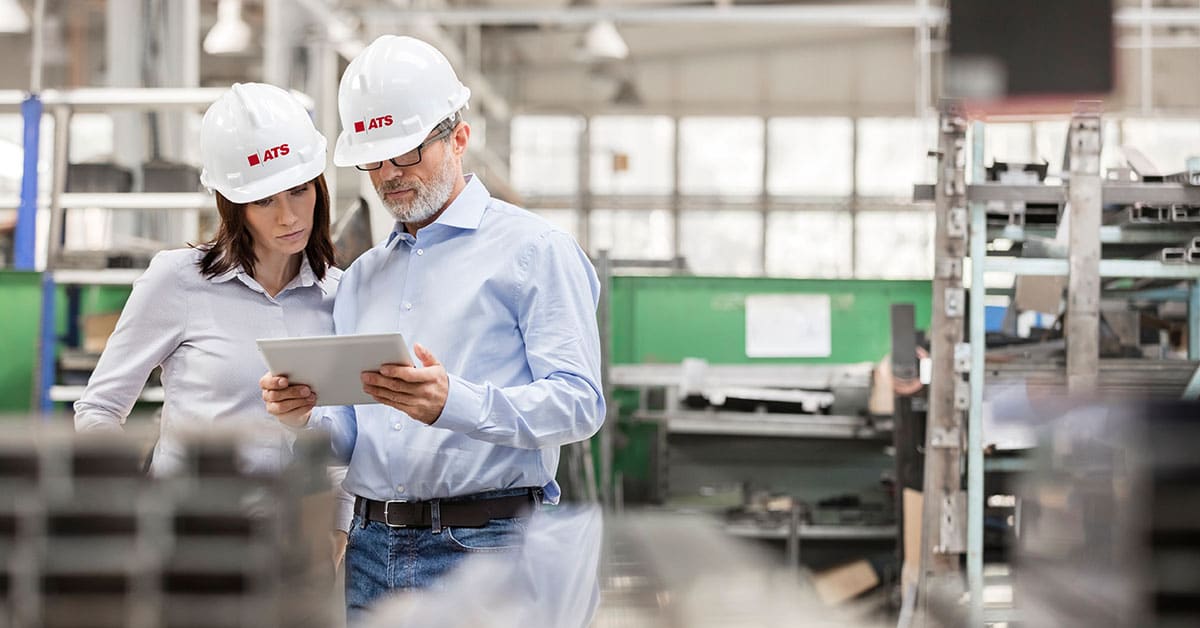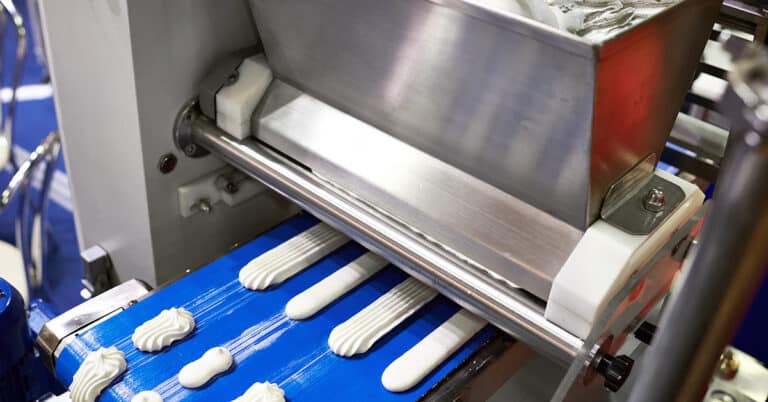In the ongoing pursuit of greater efficiency, better customer service and a healthy bottom line, manufacturers are reexamining every area of operation to determine the potential for improvement. Maintenance is often one of the areas identified as most ripe for change, since the difficulties of managing downtime, inventory and maintenance processes often result in inefficiency — not through the fault of any one person or team, but due to the complexity at hand in handling these fields effectively.
Agile maintenance — also known as adaptive maintenance — is a strategy that manufacturers are increasingly drawing upon to overcome these challenges. Here, we will examine the agile maintenance model and look at some best practices for its implementation.
What is agile maintenance?
Agile maintenance is the practice of responding quickly to changes in the facility, focusing on the evolving needs of the process and the customer. Agile operations and maintenance borrow terminology and concepts from the agile software development methodology. This was developed in direct response to the “waterfall” method of development, wherein a product, project, or process is defined at a large scale, is developed over a period of months or years (or longer), and is delivered once complete. Once delivered, however, it’s likely that customer needs have shifted, which sends the process right back to the drawing board.
The agile methodology, in contrast, focuses on rapid iteration and continuous delivery, with the intent to respond better to changing requirements. Communication, cross-functional collaboration, and team and individual autonomy are key tenets of the framework.
This strategy applies to agile maintenance projects by shifting the focus from adherence to predetermined processes and requirements to a constant feedback loop, monitoring changes in customer needs and responding to them immediately. In an industrial maintenance context, the concept of “customer needs” will most often refer to the need to keep equipment running efficiently and at high output, with minimal downtime.
Agile maintenance best practices
There are a number of best practices to follow to get agile maintenance projects up and running and enable their success. These include:
- 1. Assess the current state of projects and processes: The first step in developing an agile approach for your processes or projects is to audit and assess their current state. This stage may involve documentation review, historical performance analysis, process review and analysis, and more. It should also involve candid conversations with stakeholders, peers and personnel within the department to determine how the department is viewed internally and externally. External conversations can help illuminate the perception and perceived value of the department throughout the organization, while internal conversations can help reveal issues that may not be well-known or understood by managers.
- 2. Define the Future: In an agile maintenance framework, your intended future state will likely focus on improving customer value and process efficiency. Through the agile lens, this is achieved by constantly monitoring processes in order to facilitate more proactive and effective maintenance. Agile maintenance should also focus on more efficient supply chain and inventory processes, with the goal of improving the ability to respond to maintenance, repair and replacement needs. Under this strategy, rigid preventive maintenance processes will not go away but may be a lower priority than more proactive, responsive, adaptive steps such as monitoring and analyzing equipment performance data in order to better respond to real-time need.
- 3. Operational Process Gap Analysis: With the current state and future goals defined, the next step is to define the delta between the two. It can be helpful to keep customer value and responsiveness as a guiding “north star” when determining which changes should be made and how they should be implemented. (The focus on value is a core tenet of lean maintenance, a separate but related concept that we will review later in this piece).
- 4. Develop/Implement Agile Maintenance Approach: With an understanding of the process gap, it is now time to develop and implement the agile maintenance approach. This implementation will likely involve a shift away from reactive, scheduled maintenance processes (although these will not go away completely) to more proactive steps. Often, this approach will require new hardware (such as industrial sensors), software (such as performance analytic software) and even personnel (such as data analysts).
The lean-agile approach
As mentioned above, lean maintenance is a similar concept to agile, and the two strategies are often best deployed in a hybrid construction. Lean maintenance techniques are driven by elimination of waste, defined as any process or scenario that does not contribute to customer value. This objective is best achieved through similar tactics to agile maintenance — cross-functional communication and collaboration, autonomy for frontline workers to identify issues and implement remedies quickly, and a focus on adaption to ever-evolving needs.
These tenets form the underlying principles of an effective agile maintenance strategy. This method could transform your facility’s efficiency and productivity, making a major impact on output, customer satisfaction and your bottom line. If you are looking to improve your plant’s maintenance strategy or need skilled technicians to fill your labor gaps, contact ATS today.






